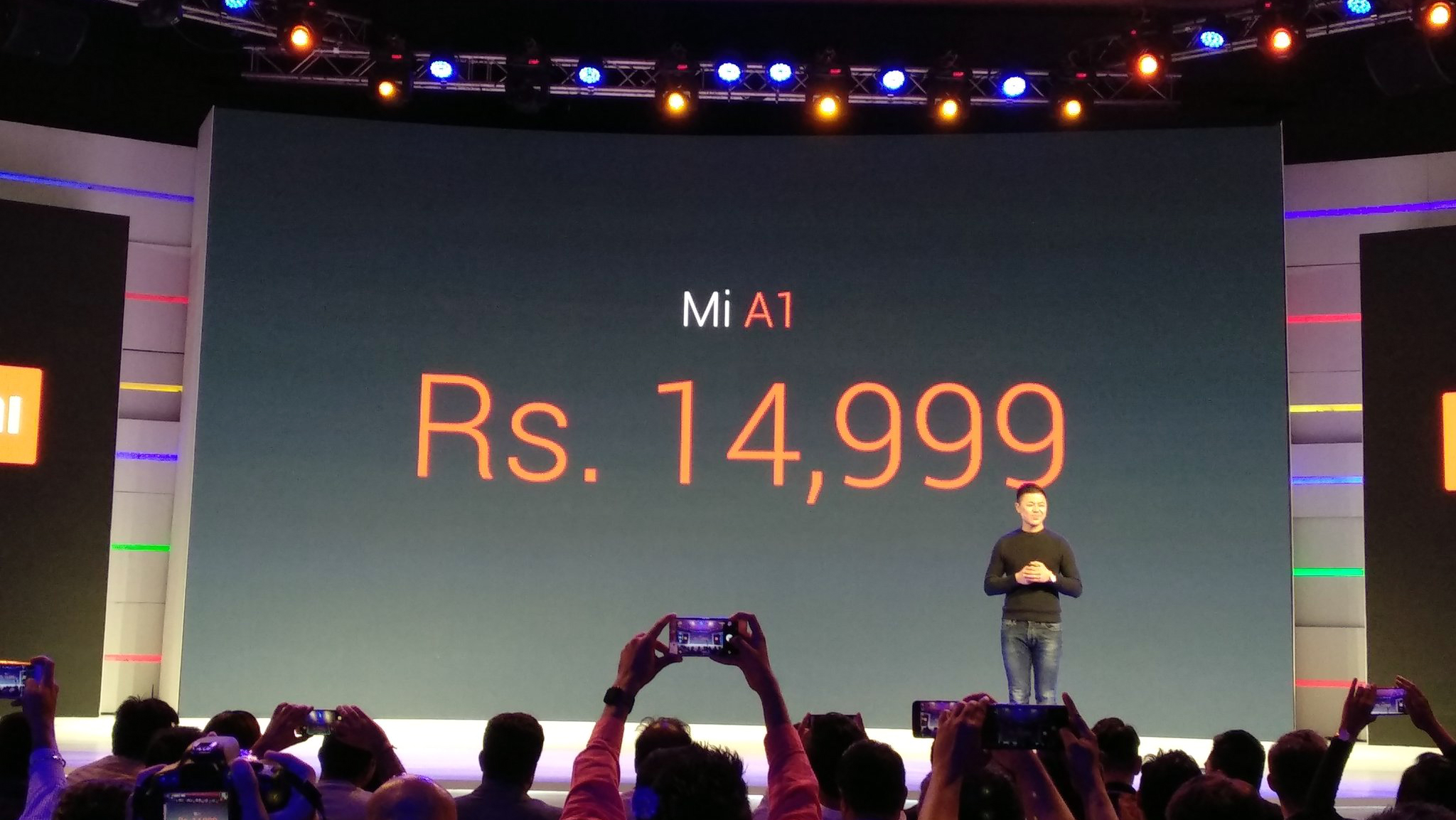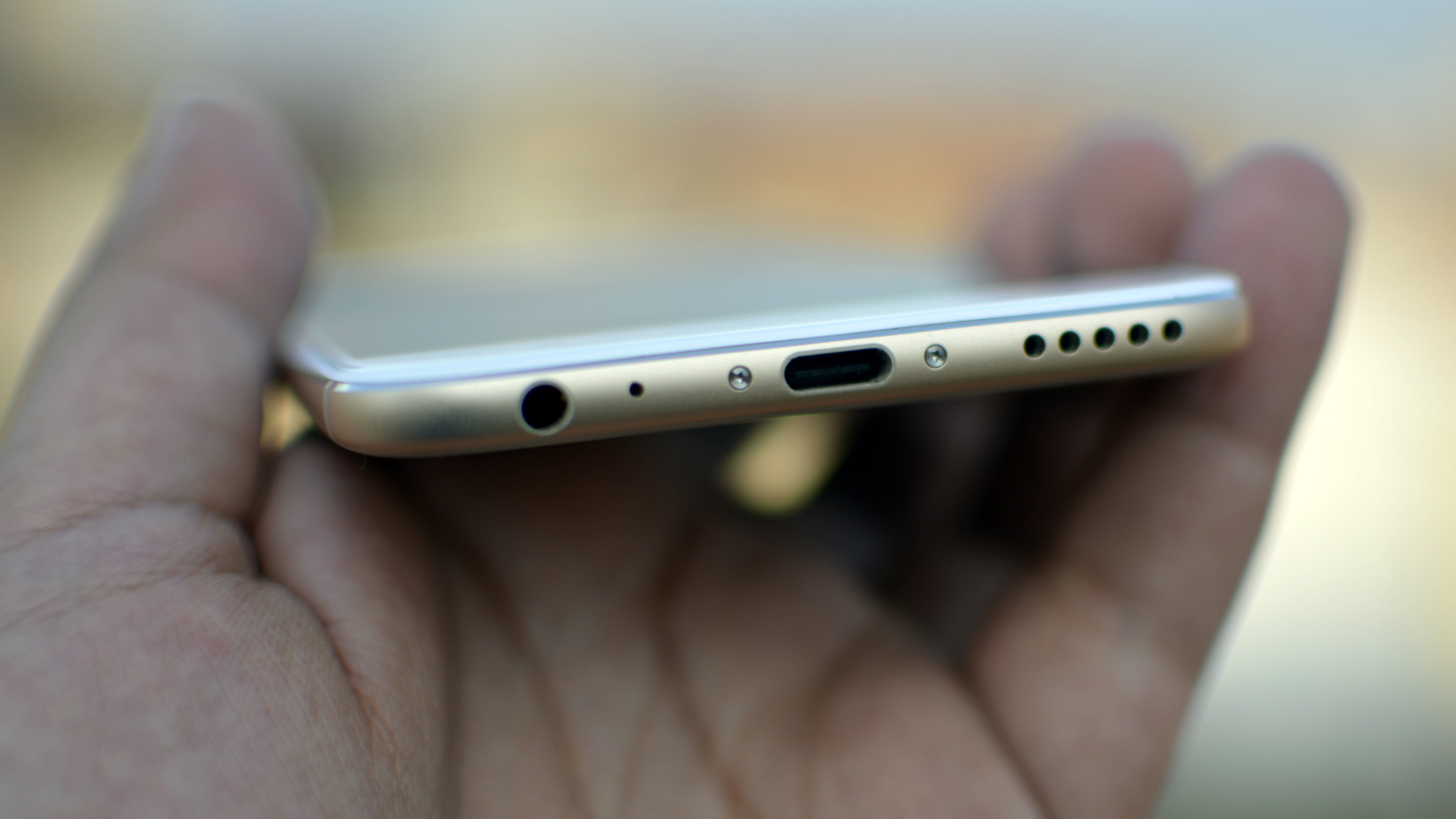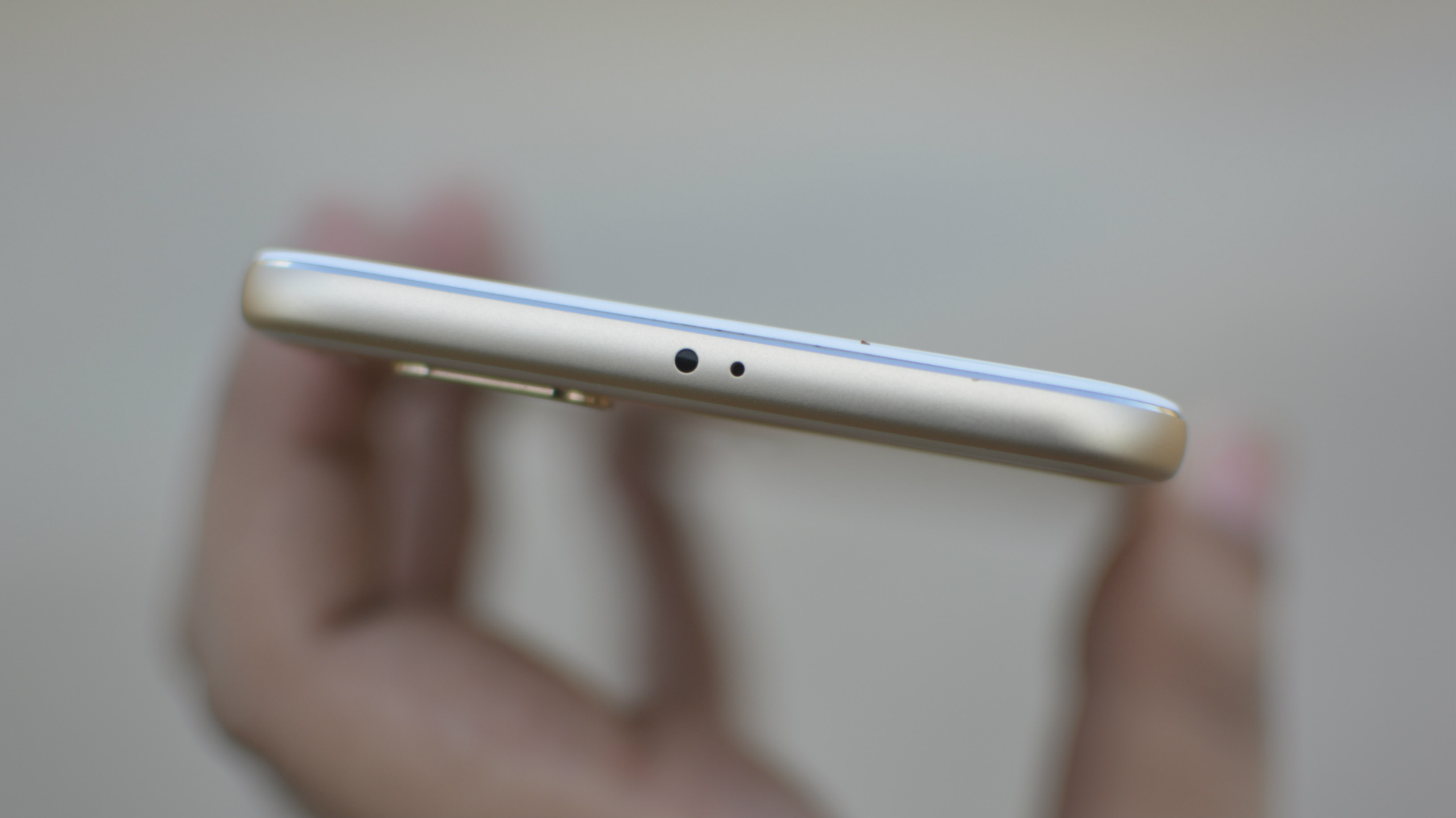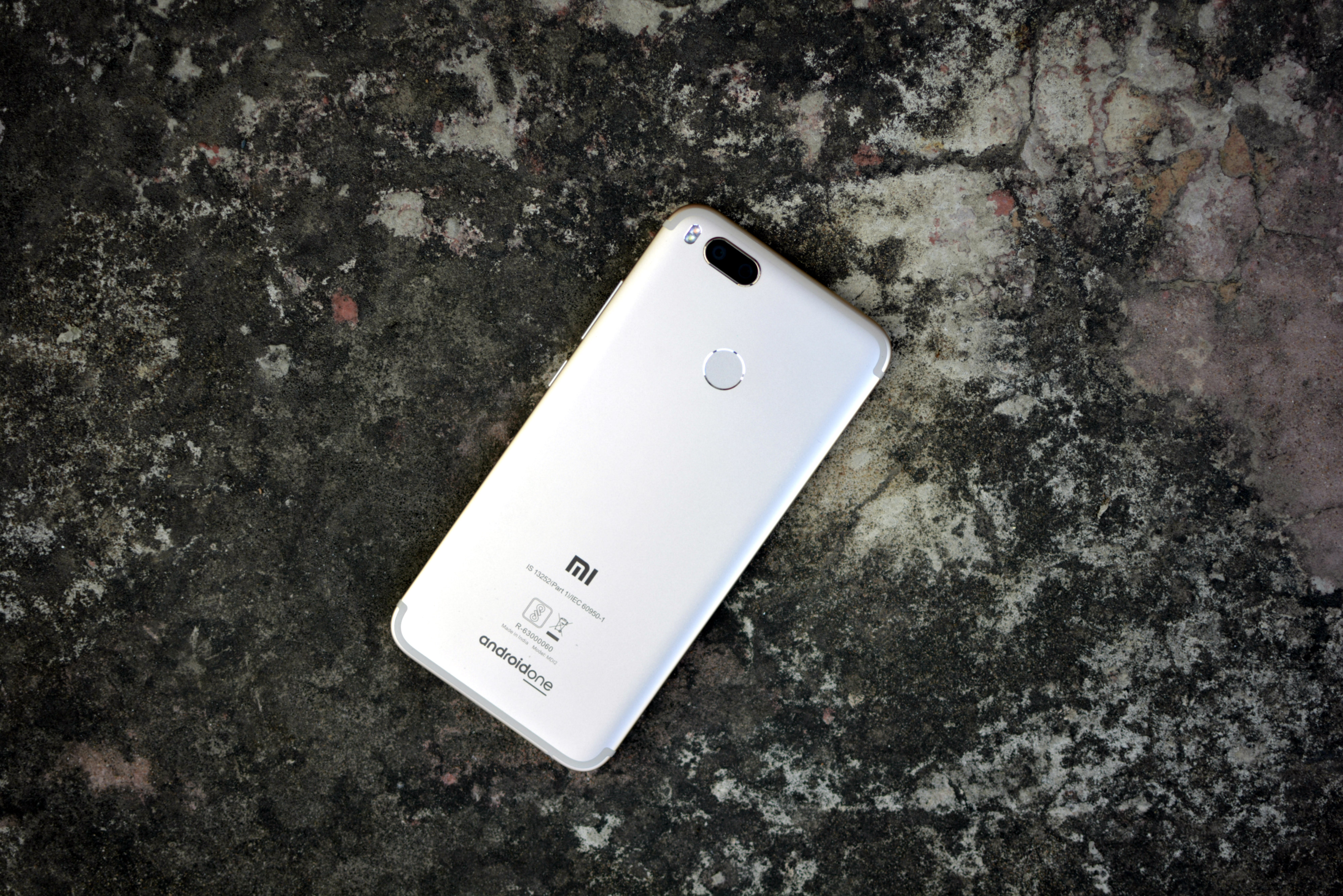TechRadar Verdict
The Mi A1’s clutter free Android One certified experience along with tried and tested hardware, and dual camera capability gives you the premium feel under a budget. Xiaomi ticks all the right boxes.
Pros
- +
Best dual camera system on a budget
- +
Google’s software with timely updates
- +
Powerful hardware
Cons
- -
Smaller battery than Redmi Note 4
- -
Derivative design
Why you can trust TechRadar
When one talks about budget or mid range Android smartphones invariably one tends to gravitate towards a Chinese phenomenon called Xiaomi. Over the last few years, it has made a mockery of what one should expect in a smartphone that costs a third of an iPhone. Ironically, this comes from a company which has been dubbed the Apple of China.
Its phones have offered 90 percent of what makes an iPhone experience — design, simplicity of use and a wholistic mobile computer — in a package that costs a third or fourth. It has mastered the game, however, some Android purists always yearned for more. Perhaps more refined software they wanted, faster updates, and conspiracy theorists even believed their phones weren't fully secure, so perhaps Xiaomi could've made its phone harder to crack. They could've done it and well, now they have done it with the Mi A1 which is a union between strange bedfellows — Xiaomi and Google. We say this because Xiaomi’s software story has always been underpinned by putting Google’s Android behind a shade, and putting its MiUI interface at the centre of the galaxy of its products.
With A1, Xiaomi has embraced Google beleaguered Android One programme which strived to offer great hardware and software for a sliver of what entry level consumers were getting. This programme failed partially because of the entry of Xiaomi in India which made a mockery of the phones that launched with Android One. Now that Xiaomi has rebranded its Mi 5X smartphone and put Google’s pure Android experience at the centre of the computing interface that will be used by the end user. What we have here is a potential hydrogen bomb for the budget smartphone market because on paper this phone marries stupendous hardware, a refined design aesthetic and liquid and secure software experience in a package that costs 1/4th of the current generation iPhone.

Price
The Rs 15,000 price band is a crowded one. Around about this price there are some great phones, from Xiaomi included (Redmi Note 4 which is possibly the best one and certainly is the best selling). There’s the new Nokia 6 which is making a big deal about stock Android and security updates, there’s the recently launched Moto G5S Plus and well, there are bunch of devices from Lenovo, CoolPad, Smartron and even the beleaguered Micromax which recently released the smart looking Canvas Infinity. In the space, then there’s the South Korean giant Samsung which sells its Galaxy J line of phones like hotcakes.
With a combination of some of the best specs — Qualcomm Snapdragon 625, 4GB RAM, 64GB storage, dual cameras, and vanilla Android and updates coming from the big folks at Mountain View, this is possibly the best value proposition anyone could've imagined for this price point.
Xiaomi has been killing it on the hardware front, but with Google in cahoots, it has fixed the final piece in the puzzle; great software with timely updates and a promised upgrade to Oreo sometime later in the year. On paper only, this one is a winner.

Looks and design
In a nutshell, the Mi A1’s design can be called a lovechild between the OnePlus 5 and the Xiaomi Redmi Note 4. The facade of the phone will remind you of the Redmi Note 4 which shouldn't surprise anyone as they are the same family of device, however its corners are more rounded which is kind of amazing as it looks nicer than the Redmi. On the back, it looks a lot like the OnePlus 5. It has a similarly style of a camera visor/hump, and the antenna lines are also similarly designed. Essentially this is repackaged Xiaomi Mi 5X which was announced a month or so ago and any similarities to some of the phones named here isn't a bad thing at all. Criticise it for being derivative but it is a very well built phone and for its price, it is amazing that these days the consumer can get such a high quality product.

Looks aside, this is a very functional device in terms of ergonomics. Its svelte at 7.3mm which ranks this phone amongst the slimmest around. At the same time it is also pretty light at 165 grams. By no means it is the lightest phone on the planet, but it’s a very well balanced one as it doesn't feel like something that’s feather light nor is it too heavy. The weight is also distributed nicely so it feels great even if you're using it one handed.
Obviously, one handed usage on this phone isn't peaches and cream because it has a big 5.5-inch display, but that’s no biggie as that’s a pretty standard size these days. What’s not so great is that it has a big chin below the screen and quite a large top bezel. This also means, the new Moto G5S Plus is shorter than it. It is a minor quibble in the scheme of things, but a quibble nonetheless.

One of the nicer things about the design of the phone that makes it so ergonomic is the way the chassis tapers and curves ever so gently from the sides towards the back. It is a seamless line that typifies the spine of the phone offering a smooth grip and great in hand feel for the device.
On the back, there’s also a fingerprint scanner which is placed to a nicety as it can be reached very easily with one hand. There are other neat touches to this phone. For instance, unlike the Redmi Note 4 it has a USB Type C connector on the bottom, flanked by a very loud single speaker and a 3.5mm jack. On the other side, there’s even an IR blaster which is very handy and yet strangely missing on most phones launched these days. This phone continues to use capacitive Android keys which is a good or bad thing depending the way you like to setup your phone.
Sahil Gupta is the founder and editor of warpcore. He has spent his entire career in mainstream media including stints at Gadgets 360, BGR India, India Today and more recently the Times of India Group where he led international franchise publications like Gizmodo India, PCMag India, TechRadar India and TechSpot India. Apart from having deep insight into consumer electronics trends and tech, he's also a music aficionado and pioneered the concept of thematic indie music events in New Delhi, India's capital. warpcore is a culmination of his career which has been spent on the intersection of technology and music.

